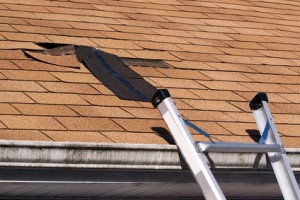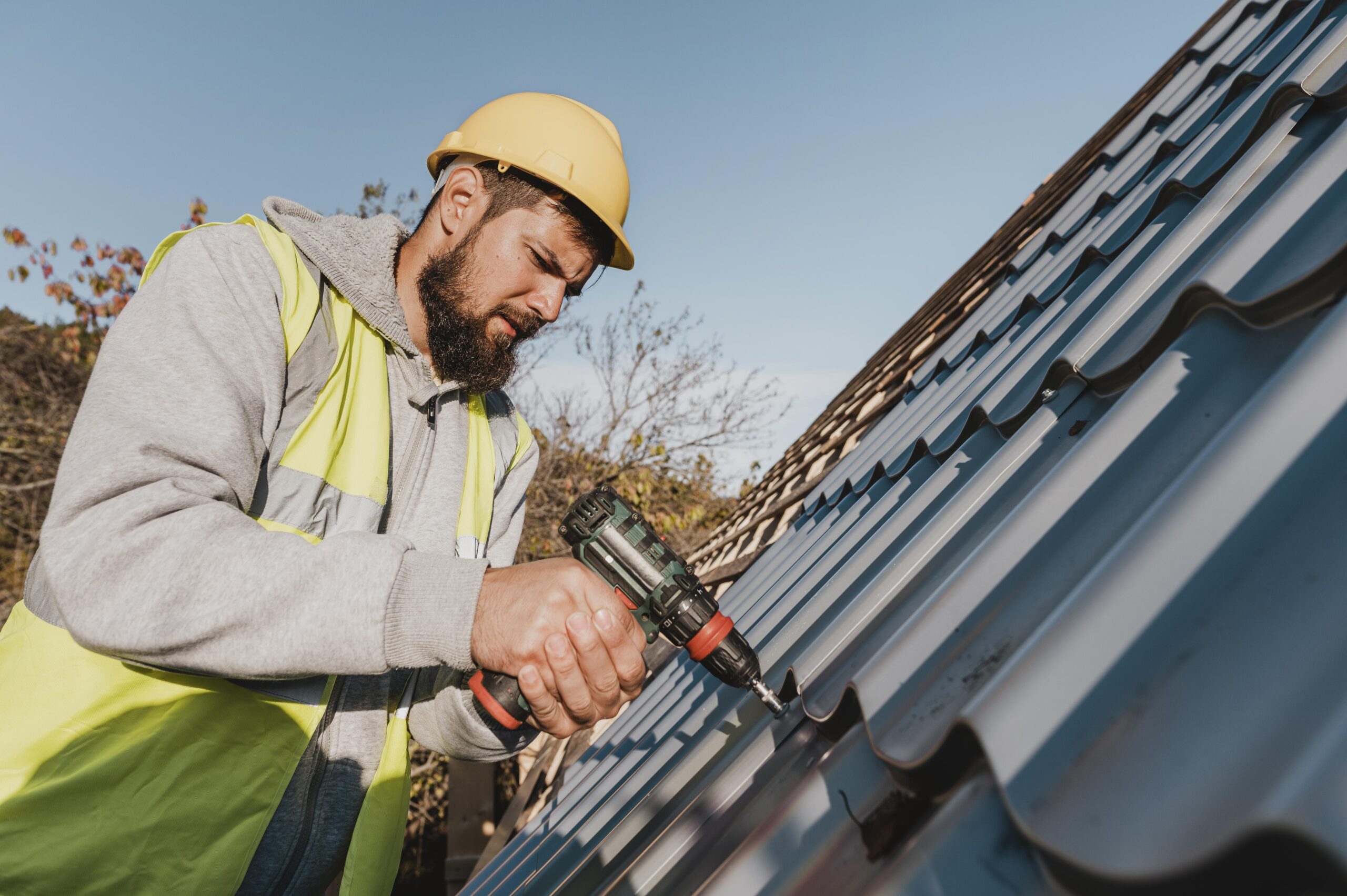Roofing Oahu: Specialist Professional Roofer for Your Oahu Residential or commercial property
Roofing Oahu: Specialist Professional Roofer for Your Oahu Residential or commercial property
Blog Article
Recognizing the Various Kinds Of Roofs: A Comprehensive Guide for Homeowners
With a variety of choices-- varying from the conventional gable to the modern flat-- each type presents special advantages and difficulties that ought to straighten with the homeowner's environmental factors to consider and certain demands. As we discover the intricacies of numerous roof covering kinds, it comes to be evident that one dimension does not fit all; the appropriate choice might stun you.
Gable Roofing Systems
Gable roofing systems, defined by their triangular shape, are amongst the most preferred roofing designs as a result of their simplicity and performance in losing water and snow. This layout features two sloping sides that satisfy at a ridge, permitting for efficient water drainage and minimizing the risk of water accumulation. The high pitch generally linked with saddleback roofs boosts their ability to handle heavy precipitation, making them suitable for different climates.
In addition to their functional advantages, gable roofs provide aesthetic adaptability. They can be adapted to numerous architectural designs, from traditional to modern homes. The layout can likewise accommodate extra functions such as dormer windows, which improve natural light and ventilation in the attic room area.
Additionally, saddleback roofs offer sufficient space for insulation, contributing to power effectiveness. Property owners can pick from a range of roofing products, including asphalt tiles, steel, and tiles, better boosting customization choices.
In spite of their advantages, gable roof coverings might need extra support in locations prone to high winds or hefty snowfall. Generally, the saddleback roof remains a favored option due to its mix of functionality, durability, and visual allure.
Flat Roofs
Level roofing systems are frequently acknowledged for their minimalist layout and practical applications, particularly in business and industrial setups (oahu roofing). These roofing systems feature a nearly horizontal or straight surface, which permits very easy building and functional area application. While they may lack the visual appeal of pitched roofs, flat roofings supply various benefits, specifically in city environments where making best use of room is crucial
One of the primary benefits of flat roofing systems is their accessibility. House owners can use the roofing room for various functions, such as rooftop gardens, terraces, or solar panel setups. In addition, flat roofs are typically more cost-efficient to keep and install compared to their sloped counterparts, as they require less products and labor.
However, flat roofing systems do existing specific challenges. Proper drainage is vital to avoid water pooling, which can cause leakages and architectural damage. For this reason, picking high-grade waterproofing materials and regular evaluations are important for making sure longevity. Common products made use of for flat roofing systems include built-up roof covering (BUR), changed bitumen, and single-ply membrane layers, each offering unique benefits. Generally, flat roofs function as a adaptable and useful option for many house owners and companies alike.
Hip Roofs
Hip roofs are defined by their sloped sides that merge at the top, creating a ridge. This layout is distinct from saddleback roofs, as all 4 sides of a hip roof incline downwards toward the wall surfaces, providing a much more steady framework. The angle of the slopes can differ, permitting for adaptability in architectural looks and functionality.
Among the primary advantages of hip roofing systems is their capacity to endure heavy winds and adverse weather. The sloped surface areas enable much better water drain, lowering the danger of leakages and water damages. In my website addition, hip roof coverings provide enhanced attic space, which can be utilized for storage space and even exchanged livable areas.
Nevertheless, building a hip roofing can be extra costly and complicated than easier roofing system kinds, such as gable roofs. The added material and labor included in producing the slopes and guaranteeing appropriate architectural stability can bring about greater costs. In spite of these drawbacks, numerous house owners favor hip roofs for their sturdiness, aesthetic appeal, and potential for power effectiveness.
Mansard Roofing Systems
Mansard roofs, frequently recognized by their distinct four-sided layout, attribute 2 slopes on each side, with the lower incline being steeper than the upper. This building style, stemming from France in the 17th century, is not only cosmetically attractive however useful, as it takes full advantage of the usable room in the top floors of a structure. The steep reduced slope permits more clearance, making it a perfect selection for attics or lofts, which can be converted right into living areas.
Mansard roofings are identified by their adaptability, accommodating numerous architectural styles, from traditional to modern-day. They can be created with different materials, consisting of asphalt roof shingles, slate, or steel, offering property owners with a variety of alternatives to suit their budgets and choices. Furthermore, the style enables for his response the assimilation of dormer windows, improving all-natural light and ventilation in the upper degrees.
Nevertheless, it is vital to consider the prospective disadvantages. Mansard roof coverings may need even more upkeep because of the intricacy of their layout, and their steep slopes can be challenging for snow and rain runoff. Overall, mansard roofs combine sophistication with functionality, making them a prominent selection among homeowners seeking distinctive architectural attributes.
Lost Roofings
As home owners progressively seek simplicity and functionality in their architectural layouts, dropped roofings have actually emerged as a prominent option. Defined by a solitary sloping aircraft, a shed roof covering provides a minimalist visual that complements numerous home styles, from modern to rustic.
Among the key advantages of a shed roof is its straightforward building and construction, which usually converts to lower labor and material prices. This style enables reliable water drainage, reducing the risk of leakages and water damages. Additionally, the vertical slope provides sufficient area for skylights, enhancing natural light within the interior.
Lost roofing systems likewise offer adaptability in terms of usage. They can be properly integrated into enhancements, garages, or outdoor frameworks like pavilions and sheds. In addition, this roof covering style can suit numerous roof materials, consisting of steel, asphalt shingles, and even green roofings, aligning with eco-friendly campaigns.
However, it is vital to take into consideration regional environment problems, as heavy snow tons might require adjustments to the roofing system's angle or framework. Generally, shed roof coverings present a practical and visually pleasing choice for house owners looking to make blog here best use of performance without endangering style.
Verdict


Gable roofs, identified by their triangular form, are amongst the most preferred roof styles due to their simplicity and performance in dropping water and snow. oahu roofing. The steep pitch frequently connected with gable roofings boosts their capability to manage heavy precipitation, making them suitable for numerous environments
While they may do not have the aesthetic charm of pitched roofing systems, level roof coverings provide numerous benefits, specifically in urban environments where optimizing space is important.

Report this page